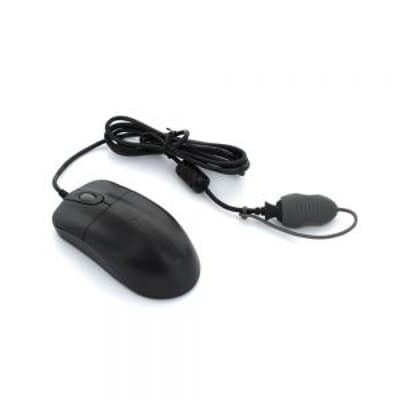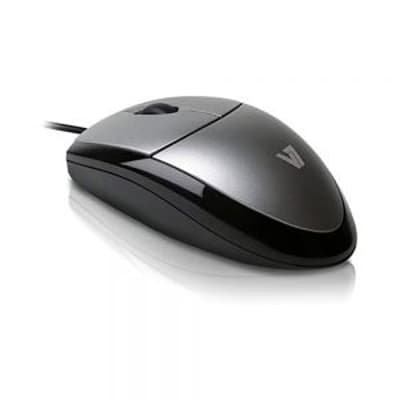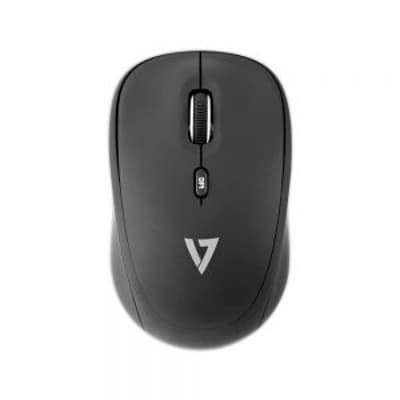standard mice
The go-to choice for most computer owners over the decades
Our standard mice come in a variety of forms, from compact models designed to be plugged into a laptop on-the-go, to clever contoured shapes that offer better support for greater comfort.
- Wired standard mice: simple USB-connected devices offering consistent performance
- Wireless standard mice: use Bluetooth or USB receivers for cable-free convenience.
- Optical mice use an LED light and work well on most surfaces, though they struggle on shiny ones like glass
- Laser mice use a laser instead, offering better accuracy and working across a wider range of surfaces, including glossy materials
- Ergonomic standard mice – reshaped for comfort and posture support
- Vertical mice: a subtype of ergonomic mice designed for a more natural wrist position
- Trackball mice: A trackball has a stationary base with a ball on top that you move with your thumb or fingers, keeping your arm still while controlling the cursor
What is a standard or traditional mouse?
A standard computer mouse, often called a traditional mouse, is the familiar, single-handed pointing device used to control a computer cursor. A standard mouse typically sits beside the keyboard and is operated with one hand, either left or right. This makes them a practical and versatile choice for users who prefer a more conventional setup.
What is the difference between an ergonomic and a standard mouse?
A standard mouse refers to any mouse that is operated to the side of the keyboard, which includes both basic and ergonomic designs. While some standard mice focus on basic functionality and precision, others, such as trackball or vertical mice, are designed to reduce strain on your hand, wrist, forearm, and shoulder.
These ergonomic standard mice often include a more contoured shape, thumb rests, or a vertical orientation that encourages a natural, neutral hand posture. When used correctly, an ergonomic mouse can ease existing discomfort and help prevent muscle strain and pressure-related issues.
However, the key to comfort and health during extended computer use is selecting a standard mouse that aligns with your individual needs and work requirements.
Not sure which mouse is right for you? Explore our mouse buying guide ao find the perfect fit for your needs.
What is the difference between a standard mouse and a vertical mouse?
A vertical mouse is a type of standard ergonomic mouse that takes a different approach to hand positioning. While a traditional mouse keeps your palm facing downward, which twists your forearm and places stress on your wrists, a vertical mouse encourages your hand to rest in a natural handshake position.
This simple shift transfers movement from your wrists to your more powerful shoulder muscles, reducing strain and helping prevent repetitive strain injuries like carpal tunnel syndrome.
Like all standard mice, they sit to the side of the keyboard and are used with one hand, but they offer ergonomic benefits that a simple traditional mouse doesn't provide.
How many types of standard computer mice are there?
Standard mice come in several varieties depending on how they connect, how they track movement, and how they're designed:
Connection types determine how your mouse communicates with your computer. Based on the connection type, mice can be:
Tracking technology is the sensor technology used to track movement.
Specialised designs reshape the traditional computer mouse to improve comfort and reduce strain. These mice include:












